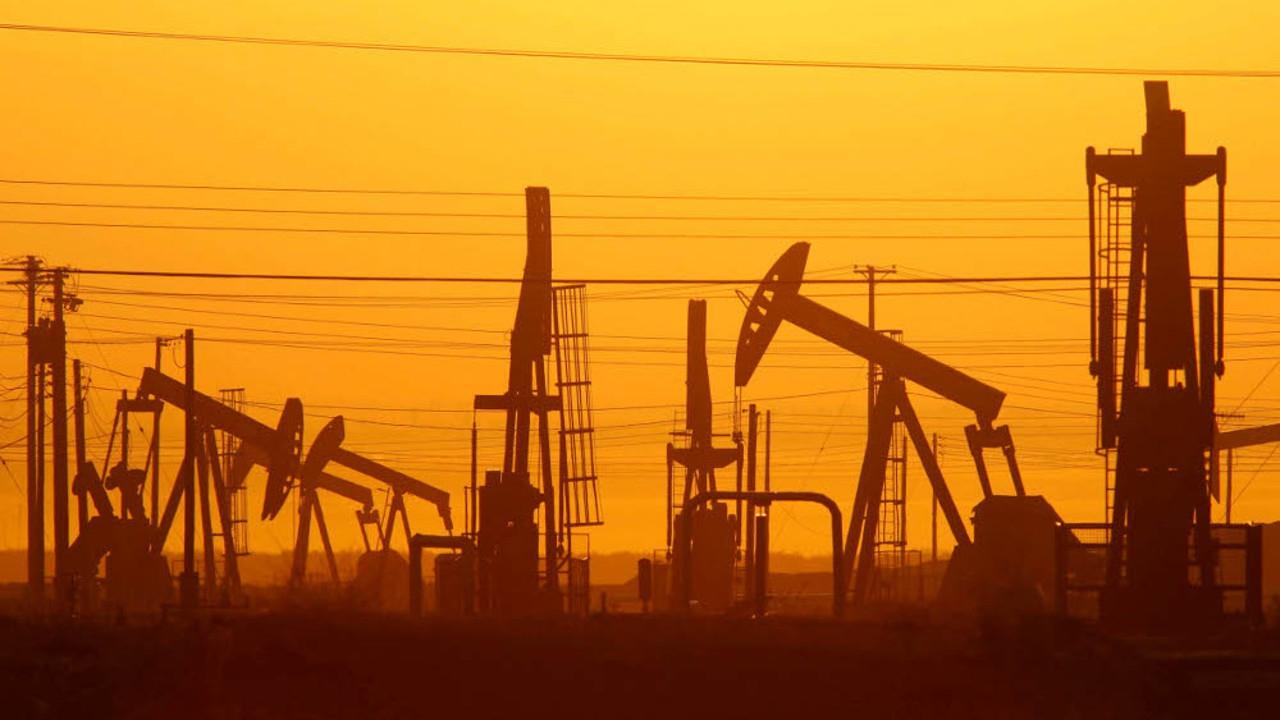BHP must keep digging deep
Andrew Mackenzie has shed new light on the extent of BHP’s challenges, but there may be some upside in copper and oil.
Speaking at an Asia Society event in New York, Mackenzie said he believed that it could take another decade for the over-supply in most bulk commodities to be absorbed because of the size and duration of the commodities boom.
He was particularly pessimistic about the outlook for iron ore, which he thought could take longer than other commodities to come back into balance.
There is still an enormous amount of new iron ore supply in the development pipeline yet to enter the market, which is presumably why he said the current price of around $US50 a tonne is a realistic price for the commodity. There are analysts who believe that $US50 a tonne is, given the avalanche of new supply yet to arrive, a price level that is still extremely vulnerable.
There were, however, two commodities about whose prospects he was more optimistic.
One was copper where grades are declining, intensity of usage in both developing and developed economies is rising and there is a view among analysts that the relatively modest levels of new supply will be absorbed towards the end of this decade.
For Rio Tinto’s incoming CEO, Jean-Sébastien Jacques, with existing copper exposures, the giant Oyu Tolgoi underground project scheduled to start production in 2020 and other big copper options in its portfolio, copper provides medium term upside. For Mackenzie himself, with Escondida, Antamina and Olympic Dam among his copper assets, there is both existing production and some growth options to create exposure to any upside.
More immediately, however, BHP is unique among the major miners in having an exposure to oil, which he identified as the other commodity where there would be natural declines in production and therefore a better supply-demand outlook.
In fact, given the dramatic nature of the cutbacks in capital and exploration expenditures in the sector – some estimates say as much as $US1 trillion in planned spending has been withdrawn since the price collapsed in 2014 – the re-balancing of supply and demand could occur relatively quickly.
Oil reserves deplete at an annual rate of about four million barrels a day while demand rises at about one million to 1.5 million barrels a day, so the cutbacks to future production ought at some point to have a material impact on a price which has already rebounded from its lows of less than $US30 a barrel in January to current levels of around $US50 a barrel.
While the picture is somewhat confused by recent supply disruptions in Canada, Nigeria and Libya, there is a view shared by both OPEC and the International Energy Agency that the supply and demand trends are starting to converge and that the market could be balanced sometime next year.
While the price ought to be disciplined by the prospect that US shale oil that was sidelined by the plunge in the price could be brought back into the market quite quickly, the sensitivity of BHP’s earnings to oil prices – each $US1 a barrel movement shifts BHP after-tax earnings by about $60 -- million – means that its earnings and value have the potential to diverge from the other big miners if the oil price does firm further well ahead of other commodities like copper, iron ore and coal.
Mackenzie’s sober assessment of the outlook for his sector underscores why BHP and Rio, despite being profitable and having the strongest balance sheets in the sector, continue to focus on costs and productivity and cash flows to ensure that they can ride through what, if Mackenzie is proven correct, could be a far longer and tougher period ahead than they might have previously envisaged.



Andrew Mackenzie’s gloomy prognostications about the outlook for mining commodities overnight would depress most major resource company chief executives other than, perhaps, Mackenzie himself.